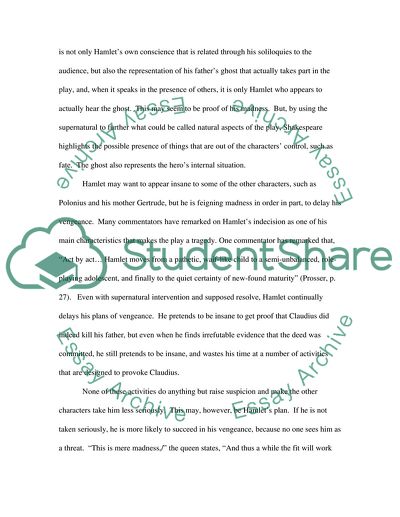Cite this document
(Madness and Mental Instability in Hamlet Research Paper, n.d.)
Madness and Mental Instability in Hamlet Research Paper. Retrieved from https://studentshare.org/literature/1724869-hamlet-essay
Madness and Mental Instability in Hamlet Research Paper. Retrieved from https://studentshare.org/literature/1724869-hamlet-essay
(Madness and Mental Instability in Hamlet Research Paper)
Madness and Mental Instability in Hamlet Research Paper. https://studentshare.org/literature/1724869-hamlet-essay.
Madness and Mental Instability in Hamlet Research Paper. https://studentshare.org/literature/1724869-hamlet-essay.
“Madness and Mental Instability in Hamlet Research Paper”, n.d. https://studentshare.org/literature/1724869-hamlet-essay.


